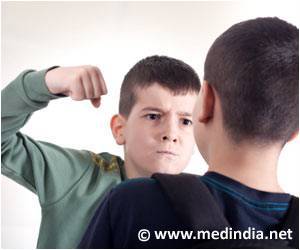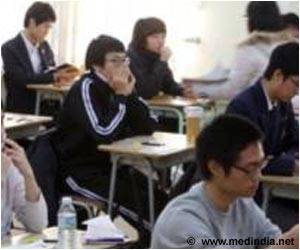Frequent, long-term instruction in physical education not only helps teenagers be fitter but also equips them with knowledge about how regular physical activity relates to good health,

‘Regular physical education, which is on the decline nationwide, strongly correlated with students meeting the federal recommendation of at least 60 minutes per day of moderate to vigorous physical activity.’





The results also showed more than one adolescent in five reported no physical education at all; nearly 40 percent of the students in the 459-person sample, whose ages ranged from 12 to 15, were obese or overweight; and only 26.8 percent met the federal government's physical activity guidelines. "Perhaps some were not meeting the guidelines because fewer than 35 percent actually knew what the guidelines were for their age group," said co-author Brad Cardinal. The guidelines call for an hour or more of physical activity at least five days a week. The findings indicate that a trend of decline in physical education mandates for middle-school students is detrimental to developing the knowledge, interests and skills that serve as a foundation for a lifelong healthy lifestyle. Physical activity also has been shown to improve cognitive function and academic performance, Cardinal said.
"Because of a growing propensity toward inactivity in daily life, such as increased media consumption and screen time, the guidelines very well may have to be ratcheted up to compensate," Cardinal said. Like physical education, participation in sports also correlated with more accurate student perceptions of the amount of physical activity necessary for good health, as well as better performance on a variety of muscular fitness-related tests.
"Physical education trumps sports in a head-to-head comparison of the two," he added, "and when you have physical education plus sports, that's when you have students who are the healthiest, fittest, strongest and most active." The study is published in the American Journal of Health Promotion.
Source-ANI










